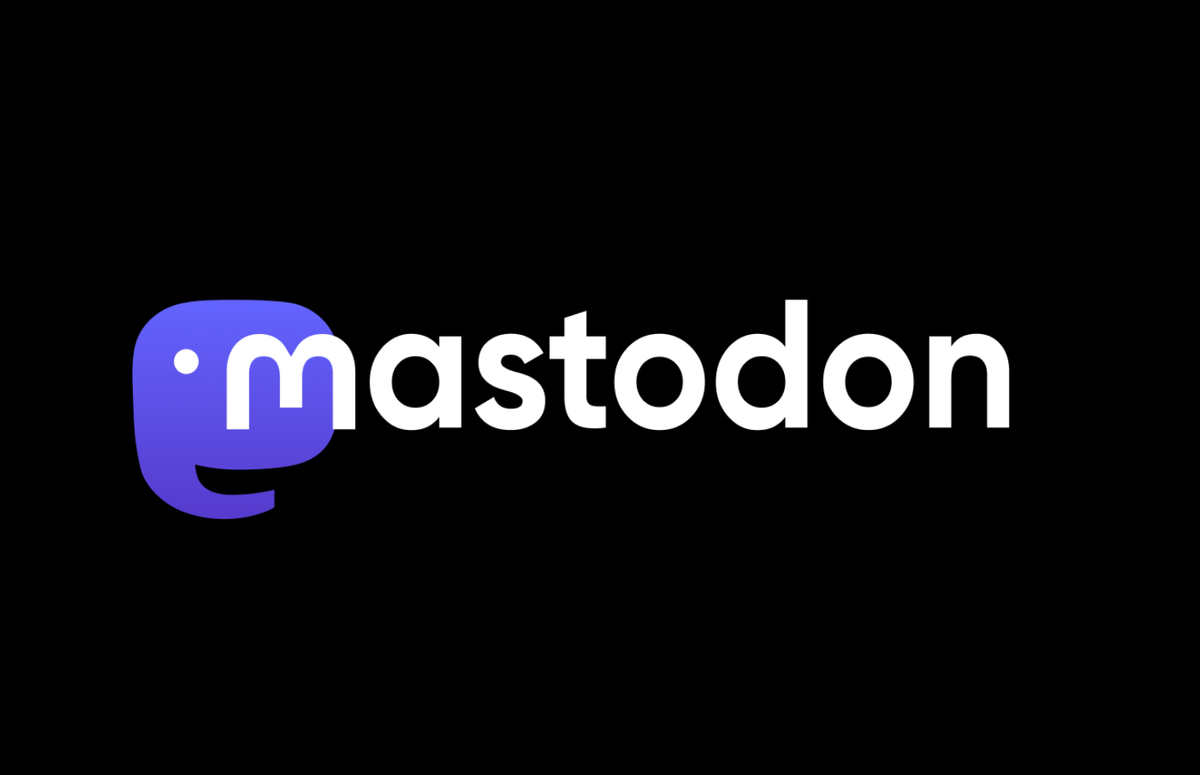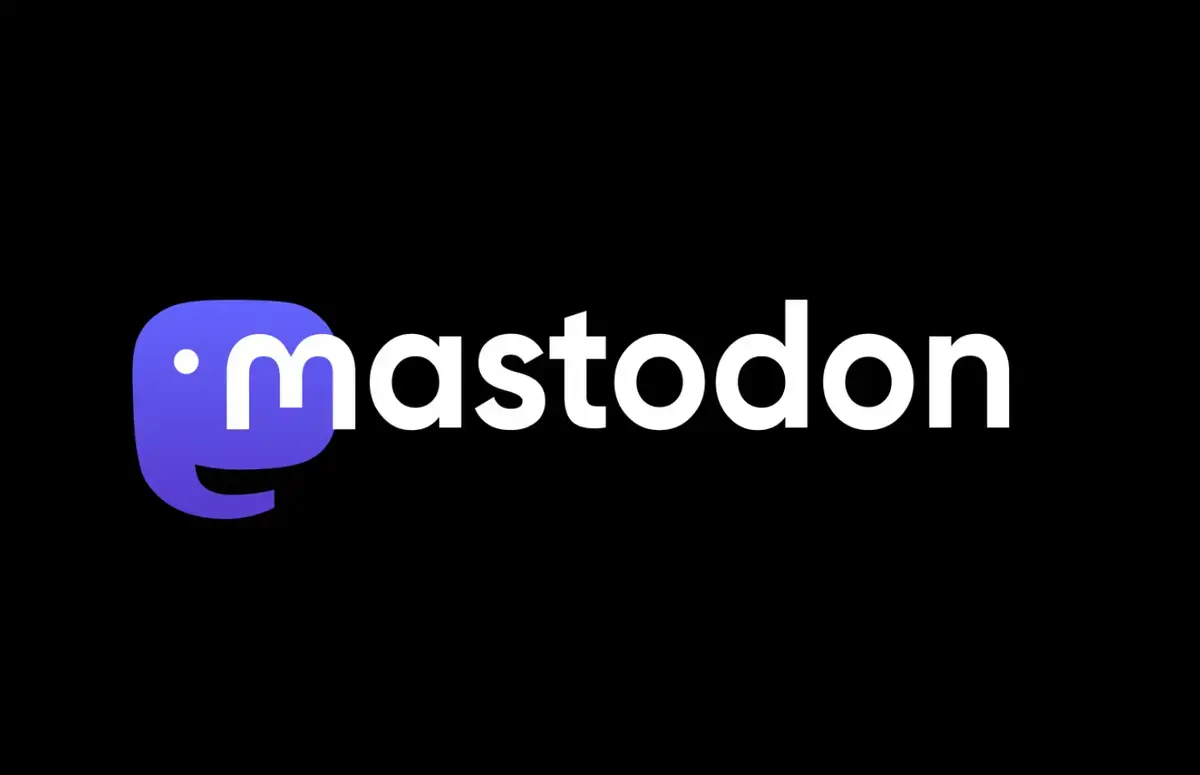OP specifically mentioned not wanting claws.
jevans ⁂
- 22 Posts
- 813 Comments

 4·4 days ago
4·4 days agoI recently went through the process of separating from Google as much as possible here.
As others have said, Nextcloud or Radical or Baikal are all good calendar server options to self-host
On your Android phone, DAVx5 for syncing CalDAV and CardDAV (which the servers listed above use), ICSx5 for any public Google calendars you want to subscribe to (you can almost always get an ICS calendar file link for those), and Etar to interact with said calendars on your phone.
On your computer, Thunderbird is the easiest way to go. There is also the web interface for whatever server you decide to host. There are other options, too. On Linux, I use pimsync + khal/khard.
Caveats:
- In Etar, khal, AND the Nextcloud web UI, I have had lots of trouble with being able to apply updates to calendar events, like a new ICS file containing an updated time or place. The only calendar app I’ve found that handles this correctly is Thunderbird on the desktop.
- Doing things this way separates your email account from your calendar account, which can create some annoyances. Every mainstream mail service these days tightly couples itself with a calendar. For instance, to send invitations for a calendar event that I create on Nextcloud, I also have my email account linked to Nextcloud. You can’t do this if you have Proton or Tuta because of their encryption. When I had Proton, I used Postmark to have a send-only email account from Nextcloud to send out invitations.
- If you want to subscribe to PRIVATE Google calendars (my partner still has Google, so I need to do this), you need to sync a Google account with each device you want to subscribe to that calendar on. There is no way to add it to one of these self-hosted servers. The way that I handle this is by making a throwaway Google account that is only for subscribing to calendars, syncing that to my phone with DAVx5, and while I could sync to Thunderbird on my computer, I pretty much only use Thunderbird when I need to update a calendar event. So, in my case, I use pimsync. To sync a Google account to pimsync, you need to create a fake “app” using a Google account on the Google Cloud Platform, add the CalDAV API and generate credentials, add your calendar sync account to the allowed testing users, and then add the generated credentials to pimsync. It sucks.
- As usual, you can’t sync any Microsoft calendars with anything other than Outlook.
Not self hosted necessarily, but TagStudio is an interesting project worth keeping an eye on https://docs.tagstud.io/

 18·10 days ago
18·10 days agoCore technology advantages: integrating seven major features into one
Compared with existing interface technologies, GPMI has seven core advantages: bidirectional multi-stream, bidirectional control, high-power power supply, ecological compatibility, ultra-fast transmission, fast wake-up and full-chain security, leading the comprehensive upgrade of audio and video technology.
“full-chain security”? Sounds like another proprietary tool for DRM. Hard pass. Fuck HDMI, too.
if you decouple your syncing tools from your browser, you’ll be a lot less likely to be locked into a browser you don’t like in the future.
ooo thanks! I haven’t looked into that in a while
I appreciate the way you did things. Here is mine. Mine is a bit more hierarchical, and bit more abstracted (especially in the flake), but I wouldn’t say one way is better than another.

 3·19 days ago
3·19 days agosame here
Ah yes, the classic diff eq exam problem

 3·29 days ago
3·29 days agoIt sounds like what they ultimately want is one place to look at both read-it-later stuff and starred RSS articles. My read is that they are proposing one way to do it, but ultimately it’s not super workable that way. There are no clients I know of that are both RSS clients and read-it-later clients (using pocket, wallabag, or anything else).
If OP wants one place to see both, their best bet is to find a read-it-later server that can generate RSS feeds, subscribe to those, and now everything is RSS and behaves the same. Wallabag is a great option for that and is self-hostable.
This is exactly what I do and it works great.

 4·29 days ago
4·29 days agohttp://wallabag.it/ can publish your read-it-laters to RSS

 18·1 month ago
18·1 month agoIt’s even simpler than that: In the first instance a human learned a thing. In the second instance a bunch of humans wrote software to ingest art and spit out some Frankenstein of it. Software which is specifically designed to replace artists, many of whom likely had art used as inputs to said software without their consent.
In both cases humans did things. The first is normal, the second is shitty.

 3·1 month ago
3·1 month agoSorry, just to be clear, are you equating a human learning to an organization scraping creative works as inputs for their software?

 5·1 month ago
5·1 month agoThe OSI doesn’t require open access to training data for AI models to be considered “open source”, unfortunately. https://opensource.org/ai/open-source-ai-definition
I agree that “open weights” is a more apt description, though

 6·1 month ago
6·1 month agouh sure. My point is that sharing weights is analogous to sharing a compiled binary, not source code.

"Wait, so we have all the technology we need to stop climate change, but we have to sacrifice some profits to do so?
Well, since it’s impossible to stop climate change with current technology, I guess we just have to dump chemicals into the atmosphere and hope for the best."

 10·1 month ago
10·1 month agoThe definition of “open source” AI sucks. It could just mean that the generated model weights are shared under an open source license. If you don’t have the code used to train the model under an open source license, or you can’t fully reproduce the model using the code they share and open source datasets, then calling a model “open source” feels weird as hell to me.
At the same time, I don’t know of a single modern model that only used training data that was taken with informed consent from the creators of that data.
Invidious is switching to a new paradigm where the part that talks to YouTube will be split out into it’s own service called invidious-companion. While not part of the current release, they have instructions for setting it up, and it’s what I’m currently using. The only things that don’t work right now are live videos and the Clipious Android TV app (the phone app works fine). If you don’t need either of those things, I recommend starting with invidious-companion
My self-hosted Invidious instance is still going strong























I put all my apps on my home screen and I keep all non-FOSS apps in a single folder as a reminder to find replacements. The vast majority of my apps are FOSS at this point.